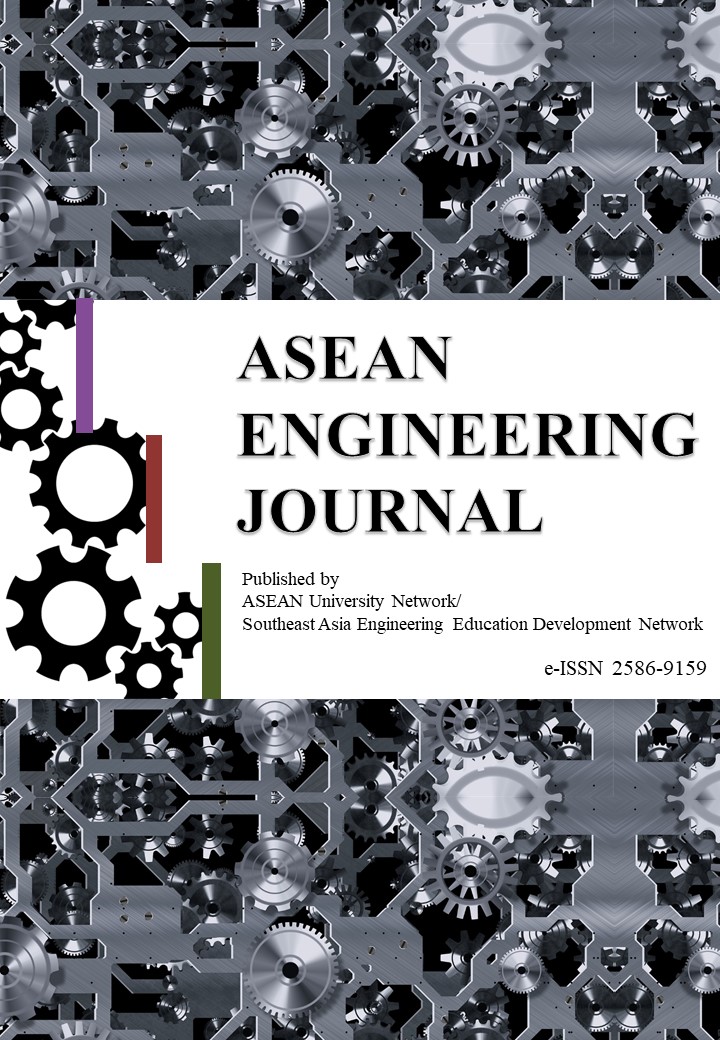ANALYSIS OF GEOMETRICAL SPECIFICATION IN DECANTER CENTRIFUGE MACHINE
DOI:
https://doi.org/10.11113/aej.v8.15501Abstract
A decanter centrifuge machine has been developed and currently at a complete stage of a preliminary 3D design layout. The next phase is a production phase. In the production phase, an ideal component that is identical with the 3D model will never be realized. Every manufacturing process has unavoidable variations. If they are accumulated, they can be immense and may cause serious problems. The machine may fail. Thus, the analysis of geometry specification is necessary to be conducted. The main objective of this study is to design the geometry specification which includes their tolerance to assure that the machine will work and achieve its performance, considering variation in manufacturing process. The study consists of four stages, they are: (1) reviewing the 3D design layout, (2) identifying functional key characteristics, (3) analyzing each requirement to determine the geometric dimensioning and tolerancing schemes and (4) allocating tolerances. Every scheme was built through six steps, establish the performance requirements, draw a loop diagram, converting dimension to mean dimension, calculate mean value with stack tolerance, determine the method of tolerance analysis and calculate the variation of performance requirements. The tolerance analysis uses the worst case and statistical methods. They involve 45 fixed tolerances and 38 variable tolerances. The calculated variation data output of every requirement is elaborated to finalize tolerance value that will meet all requirements. Finally, the final tolerance values are allocated and set to component geometry. This analysis concludes that every final tolerance of variable tolerance values must be tighter for the worst case method, and only 42% for statistical method. Probability of machine will work and achieve its performance is 100% for the worst case method and 99.73% for the statistical method.
















